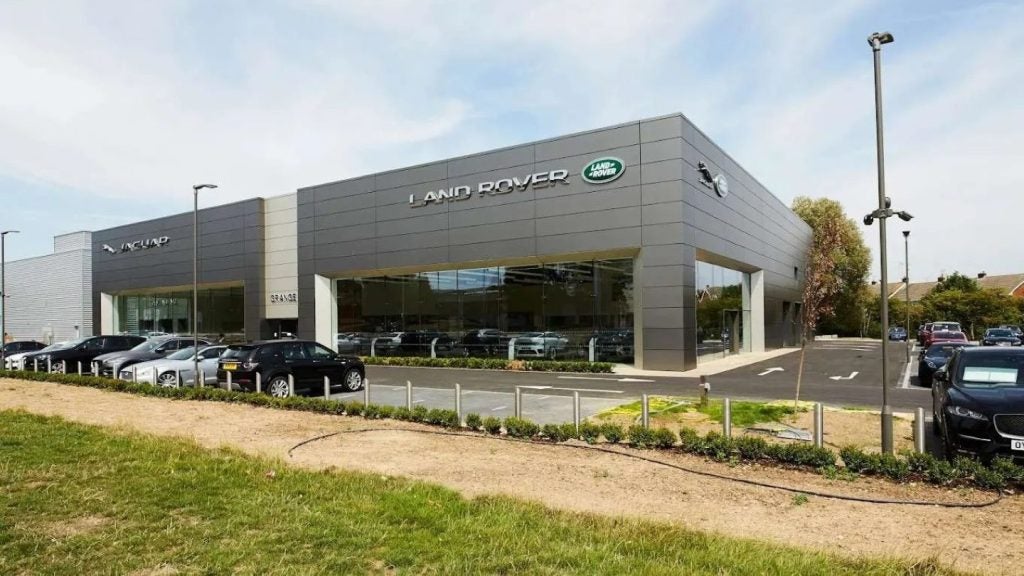Automotive OEMs have long sought to emulate the ‘Apple-style’ customer experience, aiming for a seamless, no-negotiation purchase process. However, this approach, while seemingly customer-centric, often overlooks the complexities of the vehicle research, buying, and ownership journey. The ideal experience is more than just a single price — it involves multiple touchpoints that must be carefully orchestrated.
OEMs must consider key questions: What constitutes the optimal digital and physical customer journey? How should part exchange, financing, insurance, and EV-specific products be positioned? And crucially, how can OEMs evolve from high-level brand-building to nurturing a lasting, direct consumer relationship that extends from initial interest to true brand loyalty?
Regardless of whether an OEM employs a traditional franchise model, an agency approach, or an alternative method, a common issue persists: many OEMs underestimate the intricacies of the customer purchase and ownership journey. The current fragmented and inconsistent strategies are eroding consumer confidence. To rebuild trust, a shift in approach is essential.
David Cumberbatch, Associate Partner for Customer Experience at MHP Consulting UK, a Porsche-owned company, emphasises that a deeper understanding of customer behaviours and personas is critical for creating a go-to-market (GtM) model that consistently delivers a high-quality customer experience throughout the ownership lifecycle.

Stalled GtM strategies
Consumer attitudes towards car ownership have evolved significantly, yet OEMs’ responses often lag behind. The car-buying process, from online research to physical test drives and financing options, is multifaceted and nuanced. The rise of electric vehicles (EVs) adds another layer of complexity.
OEMs’ attempts to shift their GtM strategies, such as moving to an agency model, have encountered significant challenges. Some manufacturers have postponed these transitions, while others have launched with an agency model but faced difficulties. Meanwhile, new market entrants without legacy constraints have embraced the agency model more successfully. This has left the market in flux, with some manufacturers recommitting to traditional dealerships.

US Tariffs are shifting - will you react or anticipate?
Don’t let policy changes catch you off guard. Stay proactive with real-time data and expert analysis.
By GlobalDataThe industry must simplify and streamline the car-buying and ownership process, delivering a consistent, high-quality experience that reinforces brand value. This is particularly important as vehicles become more homogenised, making customer experience a key differentiator.
Challenges of transitioning to an agency model
So, what is going wrong? The shift from traditional dealerships to an agency model seems promising for both OEMs and consumers. By eliminating the need for negotiation and allowing OEMs to control pricing and data, this model could enhance the customer experience. However, the reality has proven more challenging.
OEMs often lack the expertise and experience that dealerships have in building and maintaining direct customer relationships. Managing these relationships involves far more than high-level brand strategy — it requires an understanding of the daily interactions that occur in dealership networks, from servicing to repairs.
Moreover, many OEMs are only now beginning to grasp the financial complexities of the traditional franchise model and the intricate relationships between dealers and customers. Without this understanding, the transition to an agency or direct sales model will be difficult, and OEMs may struggle to develop a truly customer-centric GtM approach.
Prioritising customer experience
In a time of unprecedented change and disruption, focusing on how each interaction supports both current and future customers is crucial. Delivering a consistent customer experience doesn’t require a ‘one size fits all’ approach; instead, it demands a nuanced understanding of the unique qualities of each brand and the diverse expectations of its customers.
OEMs must invest in understanding how customers’ buying behaviours have evolved, particularly in the digital space. This involves identifying the points of friction in the buying process and addressing them to create a more seamless experience. Effective use of data can personalise and tailor the journey to each customer’s needs.
OEMs also need to assess their existing systems, both within the dealer network and the OEM itself, to ensure they can support the desired customer experience. Additionally, they must recognise that consumer demand for choice, evident in general retail, extends to car buying as well.
Mapping customer journeys and personas
Creating an optimal customer experience begins with mapping the entire customer journey. This journey is non-linear, omni-channel, and involves multiple stakeholders. It is essential to define who is responsible for each interaction at each touchpoint, which will vary depending on the GtM model.
Understanding customer personas is also key. For example, an EV sceptic will have different concerns and information needs than an early adopter. Tailoring the experience to resonate with these distinct personas is critical to building a successful relationship.
Furthermore, the customer experience extends beyond the initial sale. The outdated ‘sell and forget’ approach, where customers are pushed through the sales funnel and then largely ignored, is no longer sufficient. As car ownership models evolve, OEMs must consider customer lifetime value and think more carefully about long-term engagement.
A path forward for OEMs
The car-buying experience should be positive and enjoyable — after all, purchasing a vehicle is often one of the most significant investments an individual will make. Yet too many consumers feel confused and frustrated by the current process. Although the goal may be to deliver an optimal customer experience, a lack of understanding of the complexities involved in car buying and ownership has made this difficult to achieve.
As vehicles become more alike and homogenised, customer experience will increasingly drive brand differentiation. OEMs must focus on creating a seamless, frictionless journey to market that reinforces a strong brand experience. This can only be achieved by aligning customer expectations with a well-designed go-to-market strategy that addresses the entire journey, from initial interest to long-term ownership.
What does the agency model mean for the sector? And is it here to stay?
72% of dealers believe trend is developing against agency model






